This is a blog I wrote maybe 15 years ago for a friend who dropped a very expensive motorcycle while putting it on the sidestand. He was really upset with himself and I thought he might enjoy hearing about the times I dropped my bikes. I stopped writing after the fifth or sixth memory because I was laughing so hard I thought I might hurt myself. This particular blog has made the rounds…it’s been on my original photosite (motofoto.cc, which went by the wayside a long time ago), and the CSC Motorcycles blog, and now this one.
So, here goes….
Drop Number 1 – Impromptu Stargazing
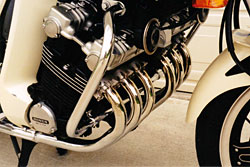 My friend Louie and I were wrapping up a hard 500-mile day through Arizona back in the 1990s. I know what you are thinking….500 miles is not that much for a solid day’s riding, but it was brutally hot in the way that only Arizona can be in the summertime. I was on my vintage Honda CBX and Lou was on his Gold Wing. We stopped for gas and Louis filled up first. While I was filling up the CBX, Lou rode over to the air hose to top off his tires. I filled my tank, fired up the CBX, and rode over to Lou, paralleling the sidewalk. I put my kickstand down and started to lean the CBX over.
My friend Louie and I were wrapping up a hard 500-mile day through Arizona back in the 1990s. I know what you are thinking….500 miles is not that much for a solid day’s riding, but it was brutally hot in the way that only Arizona can be in the summertime. I was on my vintage Honda CBX and Lou was on his Gold Wing. We stopped for gas and Louis filled up first. While I was filling up the CBX, Lou rode over to the air hose to top off his tires. I filled my tank, fired up the CBX, and rode over to Lou, paralleling the sidewalk. I put my kickstand down and started to lean the CBX over.
The next thing I knew I was staring at the stars. I had no idea what happened for a few seconds, and then I realized: I had fallen off my motorcycle, and I was laying on my back looking up at the evening sky!
The first thought that went through my mind was: “Did anyone see me do this?”
I hadn’t even been drinking! How could that have happened?
Well, what happened was this: When I extended the sidestand, the sidestand hit the curb before it fully extended and it didn’t go all the way forward. And then, when I leaned the CBX over, it just kept on going.
Total damage? One turn signal lens cover, one scratched fairing, and lots of lost pride.
Drop Number 2 – Lock-to-Lock Has Meaning
 This time, I was easing into my own driveway on my 2-week-old Suzuki TL1000S. Gorgeous bike. Bright red. A real rocketship. As I made the sharp turn into the driveway, I turned the forks to keep my balance. Lock-to-lock turning (you know, how far you can push the bars from one side to the other) on the Suzuki is waaaay less than any motorcycle I had ever ridden. And as it turns out (pardon the pun), that really makes a difference when you’re trying to balance a bike at low speeds.
This time, I was easing into my own driveway on my 2-week-old Suzuki TL1000S. Gorgeous bike. Bright red. A real rocketship. As I made the sharp turn into the driveway, I turned the forks to keep my balance. Lock-to-lock turning (you know, how far you can push the bars from one side to the other) on the Suzuki is waaaay less than any motorcycle I had ever ridden. And as it turns out (pardon the pun), that really makes a difference when you’re trying to balance a bike at low speeds.
The bottom line? I couldn’t turn the bars far enough to keep my balance at low speed.
The results? BAM! Suddenly, the TL and I were both on our sides in my own driveway!
The first thought that went through my mind was “Did anyone see me do this?”
Total damage? One scratched fairing and lots of lost pride. Lots and lots of lost pride.
Drop Number 3 – Them Darn Sidestands Again
A couple of weeks after Drop Number 2, I was letting my now 4-week-old, slightly-scratched TL1000S warm up in the driveway. The bike was on its sidestand, facing south. Just past my garage door, the driveway slopes down ever so slightly. Really slightly. I mean, hardly any slope at all. Out of the corner of my eye, I thought I saw the Suzuki move forward a bit. Nah, I thought, it’s gotta be an optical illusion.
Two seconds later: BAM! The Suzuki was on its side!
Wow, I thought, this thing sure likes laying down in my driveway.
My next thought: “Did anyone see me do this?”
The results? I couldn’t tell. The fairing was scratched, but maybe it was the same scratch from 2 weeks ago. No lost pride this time, but lots of cussing about Suzuki engineering and lousy sidestands.
Drop Number 4 – Dismounting As An Olympic Event
This time I was winding out my 4-month old TL1000S on the road from my brother-in-law’s place. Wowee, I thought, this thing is fast. I must have hit 80 miles an hour when I realized I gotta slow down. That Suzuki slipper clutch works great, I thought…. just keep downshifting and it’s almost like an ABS system on the rear wheel. Hmmh, that curve is coming up awful fast. Maybe I’ll just give it a touch of front brake.
Uh oh, I thought as I unloaded the rear wheel when I got on the front brake. That corner is really coming up fast now, and the back end is fishtailing all over the place. I almost had that sucker stopped when the front wheel just touched the curb. Down we both went, again. I executed a precision somersault as I departed controlled flight and rolled up into a sitting position.
The first thought that went through my mind was “Did anyone see me?”
This time, the answer was yes. There was a lady in a station wagon, who stopped and asked “Are you okay?”
“Yeah, lady, I did that on purpose.” I didn’t know what else to say.
The results? I couldn’t tell. Maybe it was just the same scratched fairing. Again, lots and lots of lost pride. No injuries, though. My lucky day.
Drop Number 5 – The Prize Winner
This time I was changing the front tire on the CBX in my garage. I put the bike on the center stand and removed the front wheel. Bikes with center stands are great, I thought. Once I had the front wheel off I started thinking about the replacement tire. I used Bridgestone Spitfires on that bike and they were great. I decided I would get the raised white letter Spitfire tires this time. That would really look cool.
Well, I thought, if I do that I have to get the back tire to match. So, I thought, I might as well take the back wheel off, too. I’ll just get them both changed at the same time.
This is the point at which things took a decided turn for the worse. And, I’ll admit to having already had a few beers. What could I have possibly been thinking?
Well, I guess I was still thinking about how cool raised white letter tires would look on my pearl white CBX, and I started to remove the rear wheel. The rear axle bolt was on really tight. I decided I needed to get a bigger wrench, you know, more leverage, that sort of thing. I thought I might as well get another beer while I was up, too. I grabbed another beer, got the longer wrench, found the leverage I was looking for…and…..and…
Uh, oh, the CBX started to roll forward off the center stand, and, whoa, there was no front wheel there….funny how everything seemed to be happening in slow motion at that point.
The moral of this one? If you’re gonna screw up, screw up big time. Why just drop a bike when can find a way to drop it so that it falls over into your wife’s brand new car? Yep, that’s what it did. Creased it nicely. “That won’t polish out,” I remember thinking.
The bottom line? One dinged-up sports sedan, one thoroughly upset wife, one busted and cracked CBX oil pan (an item no longer made by Honda), oil all over the garage floor, and the certain knowledge that while center stands are good, they are not that good….
So, if you’ve ever dropped your bike, don’t feel too bad. It happens to all of us. Sometimes more than once.
If you’ve got a story about dropping your bike, please add it to the comments section. We’d love to hear from you!
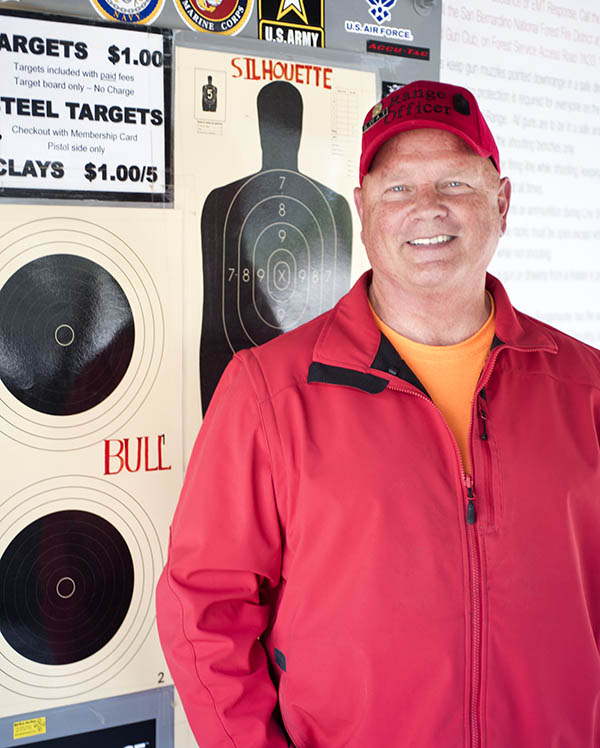
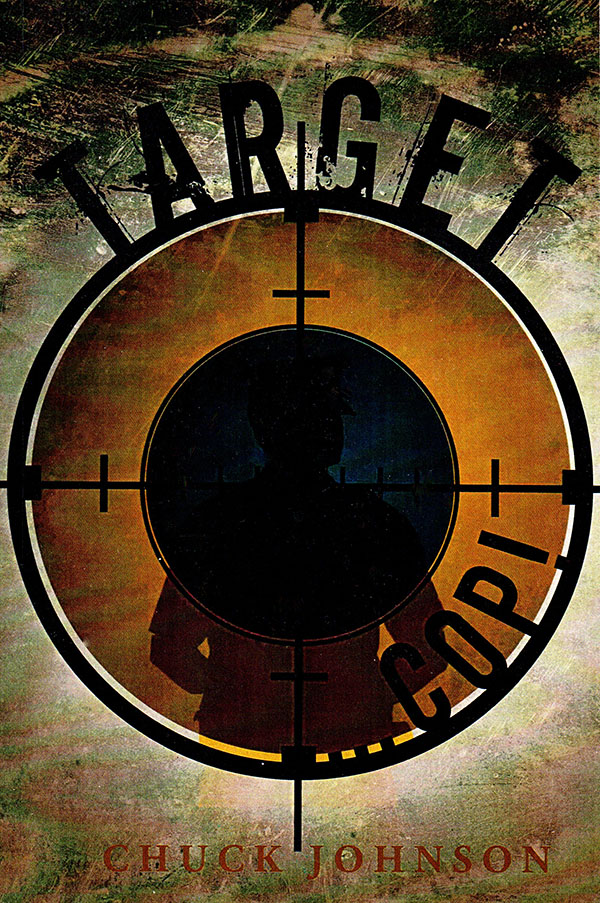

 My friend Louie and I were wrapping up a hard 500-mile day through Arizona back in the 1990s. I know what you are thinking….500 miles is not that much for a solid day’s riding, but it was brutally hot in the way that only Arizona can be in the summertime. I was on my vintage Honda CBX and Lou was on his Gold Wing. We stopped for gas and Louis filled up first. While I was filling up the CBX, Lou rode over to the air hose to top off his tires. I filled my tank, fired up the CBX, and rode over to Lou, paralleling the sidewalk. I put my kickstand down and started to lean the CBX over.
My friend Louie and I were wrapping up a hard 500-mile day through Arizona back in the 1990s. I know what you are thinking….500 miles is not that much for a solid day’s riding, but it was brutally hot in the way that only Arizona can be in the summertime. I was on my vintage Honda CBX and Lou was on his Gold Wing. We stopped for gas and Louis filled up first. While I was filling up the CBX, Lou rode over to the air hose to top off his tires. I filled my tank, fired up the CBX, and rode over to Lou, paralleling the sidewalk. I put my kickstand down and started to lean the CBX over. This time, I was easing into my own driveway on my 2-week-old Suzuki TL1000S. Gorgeous bike. Bright red. A real rocketship. As I made the sharp turn into the driveway, I turned the forks to keep my balance. Lock-to-lock turning (you know, how far you can push the bars from one side to the other) on the Suzuki is waaaay less than any motorcycle I had ever ridden. And as it turns out (pardon the pun), that really makes a difference when you’re trying to balance a bike at low speeds.
This time, I was easing into my own driveway on my 2-week-old Suzuki TL1000S. Gorgeous bike. Bright red. A real rocketship. As I made the sharp turn into the driveway, I turned the forks to keep my balance. Lock-to-lock turning (you know, how far you can push the bars from one side to the other) on the Suzuki is waaaay less than any motorcycle I had ever ridden. And as it turns out (pardon the pun), that really makes a difference when you’re trying to balance a bike at low speeds. Most all of the fun things we did as little kids were instigated by my Grandparents. Between raising four kids and working constantly to pay for the opportunity our parents were left spent, angry and not that into family-time trips. We did try it a few times but it seems like the trips always ended with someone crying, my parents arguing or a small child missing an arm. With only 16 limbs between us we had to be careful and husband our togetherness for fear of running out.
Most all of the fun things we did as little kids were instigated by my Grandparents. Between raising four kids and working constantly to pay for the opportunity our parents were left spent, angry and not that into family-time trips. We did try it a few times but it seems like the trips always ended with someone crying, my parents arguing or a small child missing an arm. With only 16 limbs between us we had to be careful and husband our togetherness for fear of running out. We always bought infield tickets. Camping at the Daytona Speedway was included with infield tickets so we immersed ourselves in the racing and never had to leave. Gramps had a late 1960’s Ford window van with a 6-cylinder, 3-on-the-tree drivetrain. The van was fitted out inside with a bed and had a table that pivoted off the forward-most side door. To give us a better view of the racing Gramps built a roof rack out of 1” tubing. The rack had a ¾” plywood floor and was accessed via a removable ladder that hung from the rack over the right rear bumper.
We always bought infield tickets. Camping at the Daytona Speedway was included with infield tickets so we immersed ourselves in the racing and never had to leave. Gramps had a late 1960’s Ford window van with a 6-cylinder, 3-on-the-tree drivetrain. The van was fitted out inside with a bed and had a table that pivoted off the forward-most side door. To give us a better view of the racing Gramps built a roof rack out of 1” tubing. The rack had a ¾” plywood floor and was accessed via a removable ladder that hung from the rack over the right rear bumper. When you would climb the ladder to the upper deck your hands would pick up silver paint. If you sat on the deck your pants would turn silver. If you rubbed your nose like little kids do your nose would turn silver. It was like Gramps painted the deck with Never-Seez. After a full day of racing we looked like little wads of Reynolds Wrap.
When you would climb the ladder to the upper deck your hands would pick up silver paint. If you sat on the deck your pants would turn silver. If you rubbed your nose like little kids do your nose would turn silver. It was like Gramps painted the deck with Never-Seez. After a full day of racing we looked like little wads of Reynolds Wrap. Our camp stove was a two-burner alcohol fueled unit that, incomprehensibly, used a glass jar to contain the alcohol. Even to my 10 year-old eyes the thing looked like a ticking time bomb so I kept my distance while gramps lit matches and cussed at the stove.
Our camp stove was a two-burner alcohol fueled unit that, incomprehensibly, used a glass jar to contain the alcohol. Even to my 10 year-old eyes the thing looked like a ticking time bomb so I kept my distance while gramps lit matches and cussed at the stove.

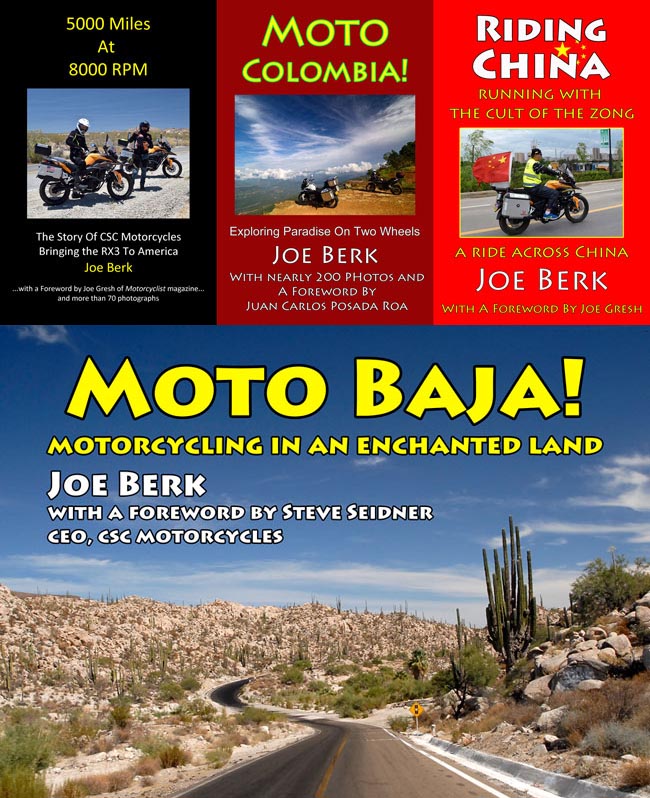
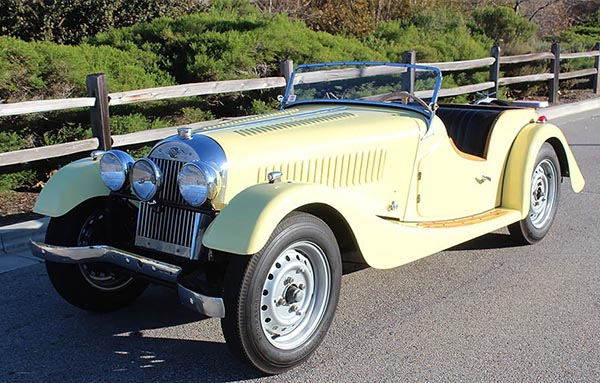

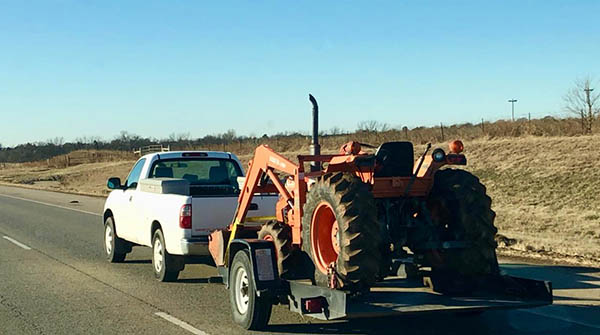 It seems like I’m always working a pick and a shovel at Tinfiny Ranch. Situated at 6000 feet in the foothills of the Sacramento Mountains the place is steep with many elevation changes. An arroyo runs past the house so that when it rains (and it rains a lot in New Mexico) my driveway becomes a short-lived trout stream.
It seems like I’m always working a pick and a shovel at Tinfiny Ranch. Situated at 6000 feet in the foothills of the Sacramento Mountains the place is steep with many elevation changes. An arroyo runs past the house so that when it rains (and it rains a lot in New Mexico) my driveway becomes a short-lived trout stream. We had a day to kill before I picked up the tractor so we went to Hunter’s Skybox at OSU and watched the OSU women’s basketball team dismantle a team from Kansas. The governor of Oklahoma has a suite two doors down and there was unlimited free food along with all the ice cream you could eat. The suite had a commanding view of both the football field and the indoor arena.
We had a day to kill before I picked up the tractor so we went to Hunter’s Skybox at OSU and watched the OSU women’s basketball team dismantle a team from Kansas. The governor of Oklahoma has a suite two doors down and there was unlimited free food along with all the ice cream you could eat. The suite had a commanding view of both the football field and the indoor arena. The Tractor was a beauty with tires so new they still had rubber bar codes visible. Kubota’s have earned a good name in the heavy equipment arena and this L2850 sported a diesel engine that fired right up.
The Tractor was a beauty with tires so new they still had rubber bar codes visible. Kubota’s have earned a good name in the heavy equipment arena and this L2850 sported a diesel engine that fired right up. Underneath the driven front end you’ll find a portal-type axle to give the tractor plenty of ground clearance. Everything is leaking a bit but oil is cheap and Tinfiny can use a little dust control. The steering felt tight and Woody, the guy I bought the tractor from takes good care of his stuff.
Underneath the driven front end you’ll find a portal-type axle to give the tractor plenty of ground clearance. Everything is leaking a bit but oil is cheap and Tinfiny can use a little dust control. The steering felt tight and Woody, the guy I bought the tractor from takes good care of his stuff. When I worked construction in Miami it was rare to see a dashboard unbroken. Vandalism was a constant problem. Lights, tires and hoses were routinely damaged by bored kids. The L580 dash was clean and everything works except the tach needle fell off.
When I worked construction in Miami it was rare to see a dashboard unbroken. Vandalism was a constant problem. Lights, tires and hoses were routinely damaged by bored kids. The L580 dash was clean and everything works except the tach needle fell off. At the rear of the Kubota has a two-speed PTO drive that I will be using as soon as CT buys me a backhoe attachment. Amazon has some cool 3-point hoes costing around $3600. You don’t want to do a lot of side digging with a 3-point hoe because the hitch wasn’t meant for big side loads but as long as you are crabbing in a straight line they will work well.
At the rear of the Kubota has a two-speed PTO drive that I will be using as soon as CT buys me a backhoe attachment. Amazon has some cool 3-point hoes costing around $3600. You don’t want to do a lot of side digging with a 3-point hoe because the hitch wasn’t meant for big side loads but as long as you are crabbing in a straight line they will work well. The transmission has high and low range with low range, first gear being super slow. Top end of the tractor in high range-high gear is around 12 miles per hour. With zero suspension 12 MPH is plenty over Tinfiny’s rough grounds.
The transmission has high and low range with low range, first gear being super slow. Top end of the tractor in high range-high gear is around 12 miles per hour. With zero suspension 12 MPH is plenty over Tinfiny’s rough grounds. This lever engages the front wheels. This is pretty important because the front end loader combined with nothing attached to the hitch means the big rear wheels have little traction.
This lever engages the front wheels. This is pretty important because the front end loader combined with nothing attached to the hitch means the big rear wheels have little traction.
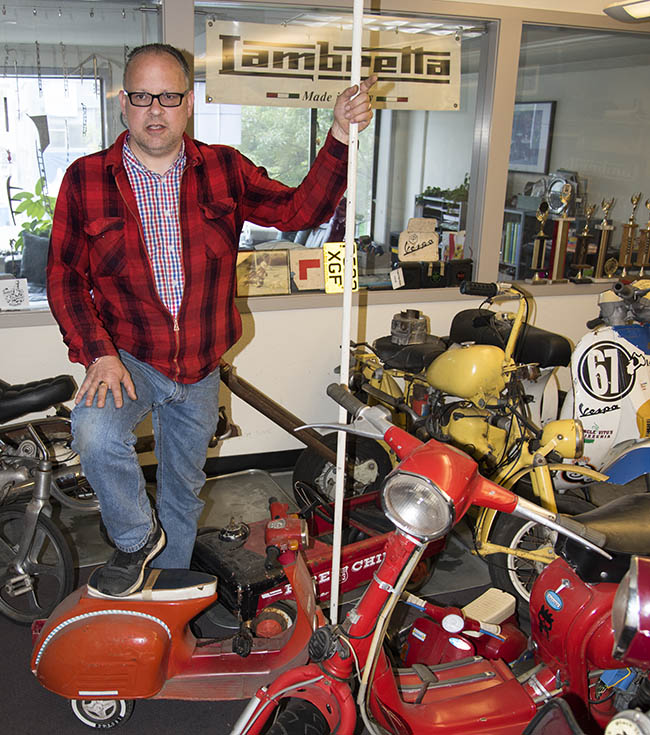
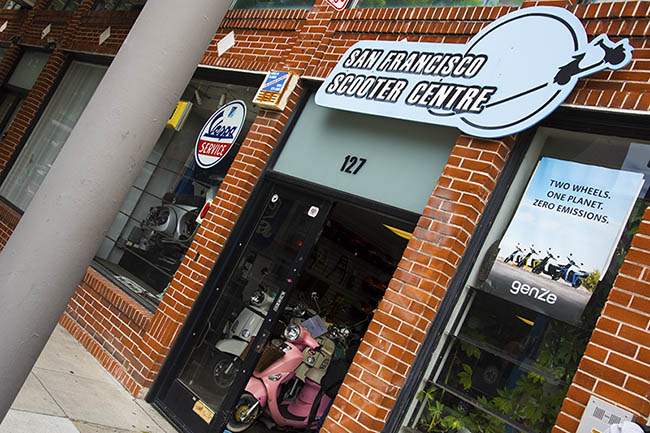




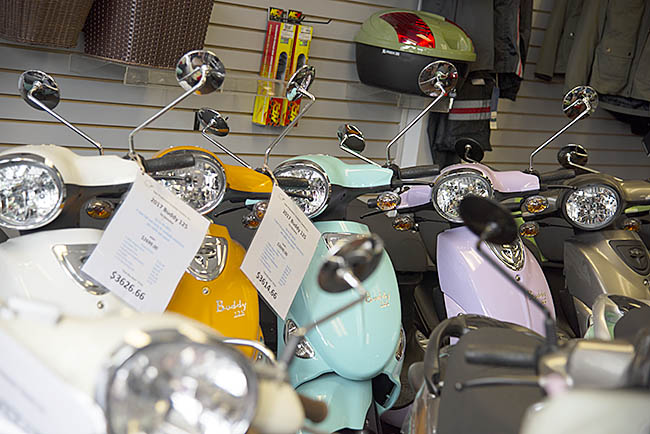

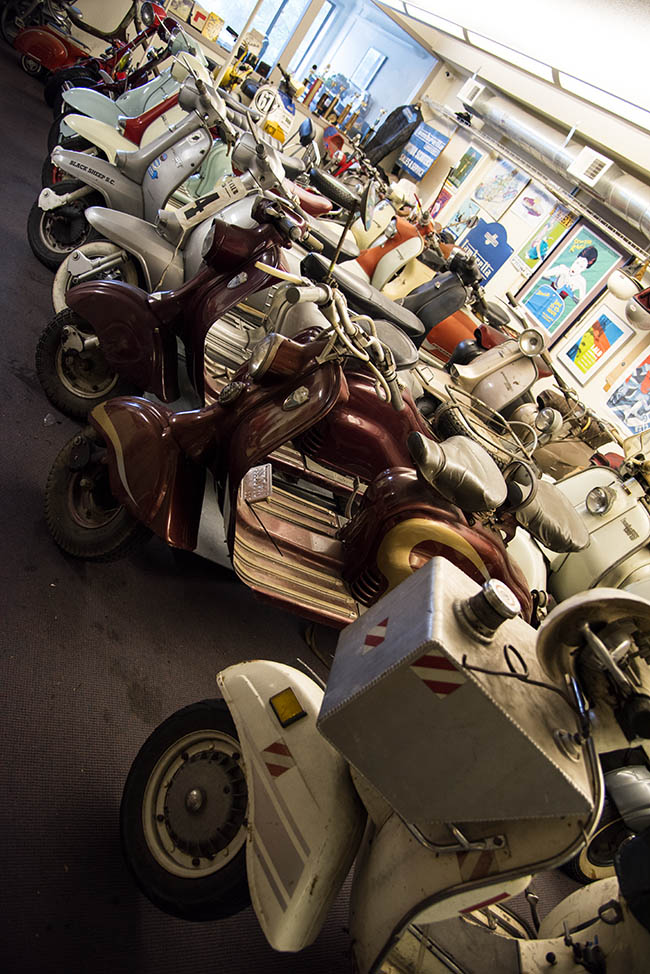
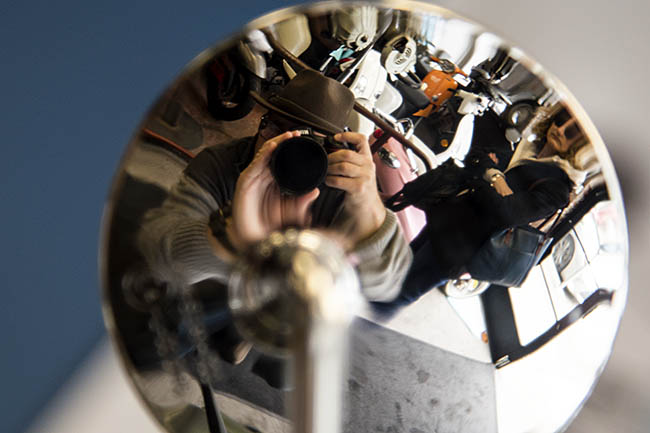

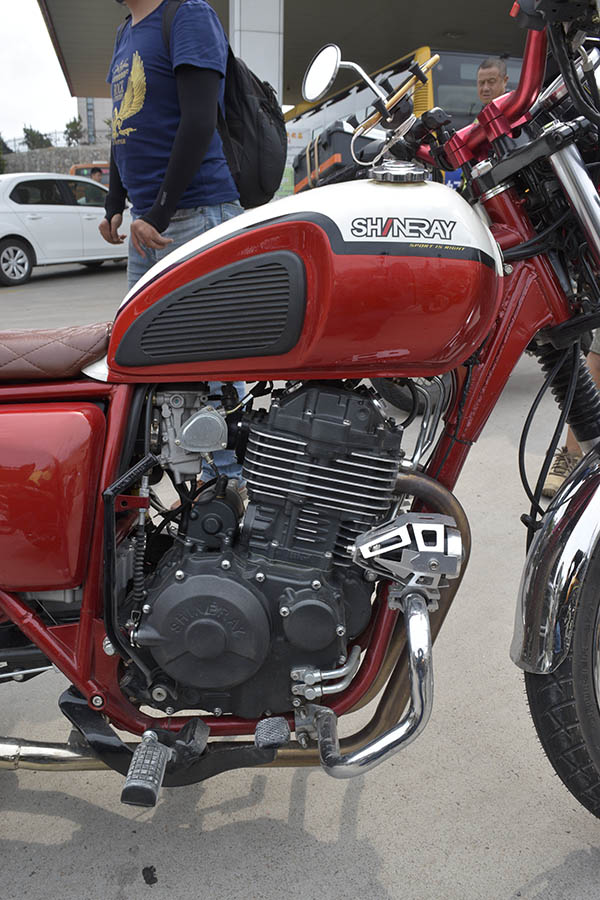
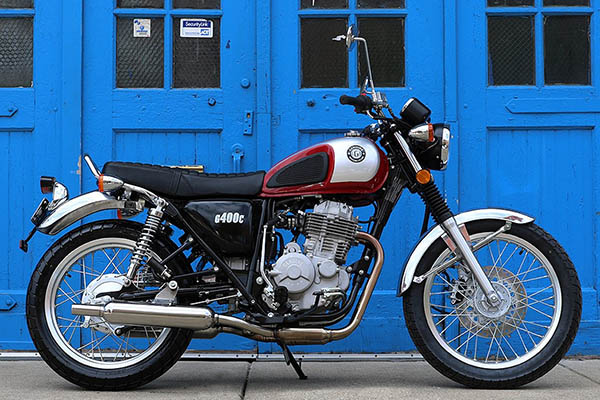
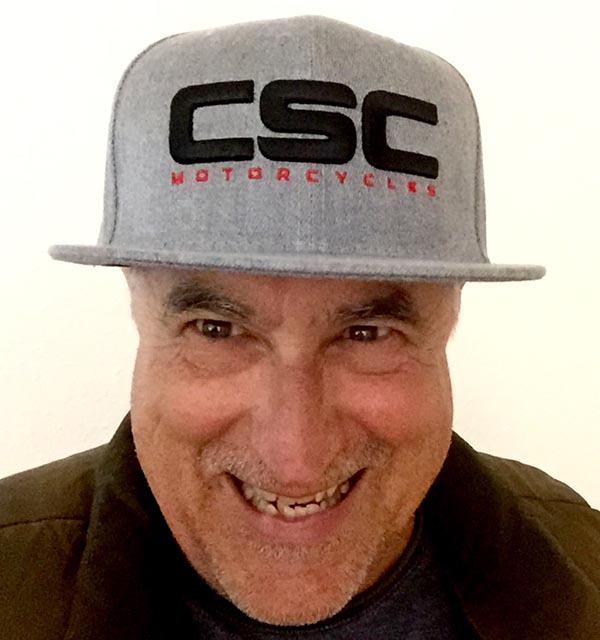 I didn’t start out in the typing business looking for swag. I was more interested in seeing my byline on a real, printed object. Being published meant at least one person in the world thought my stuff wasn’t terrible. No, it was like more swag found me. Slowly at first, then faster as the typing game became less and less lucrative, swag has grown ever larger in importance.
I didn’t start out in the typing business looking for swag. I was more interested in seeing my byline on a real, printed object. Being published meant at least one person in the world thought my stuff wasn’t terrible. No, it was like more swag found me. Slowly at first, then faster as the typing game became less and less lucrative, swag has grown ever larger in importance.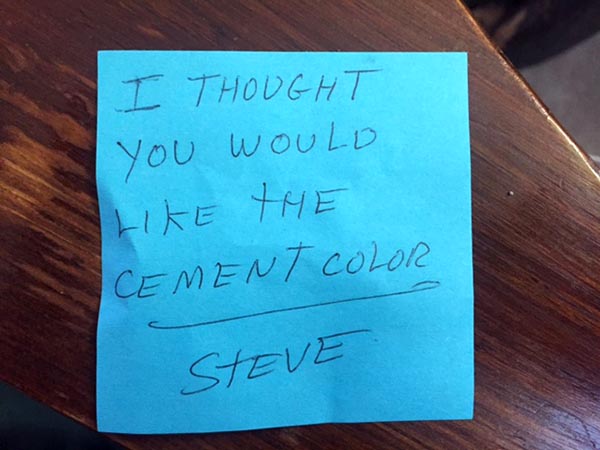 CSC sent me a flat-brimmed swag cap. They didn’t need to: I love those guys and how their business plan is a fantastic experiment in mail order motorcycling. I like that the customer needs to be a bit more self sufficient to operate their motorcycles. And I like the hat. With most products becoming sealed off to us regulars, CSC bikes actually require you to dig in. Since I own mostly weird motorcycles that have no dealer support I relate to the pride a CSC owner feels when he sets his own valves or replaces the chain and sprockets on his motorcycle.
CSC sent me a flat-brimmed swag cap. They didn’t need to: I love those guys and how their business plan is a fantastic experiment in mail order motorcycling. I like that the customer needs to be a bit more self sufficient to operate their motorcycles. And I like the hat. With most products becoming sealed off to us regulars, CSC bikes actually require you to dig in. Since I own mostly weird motorcycles that have no dealer support I relate to the pride a CSC owner feels when he sets his own valves or replaces the chain and sprockets on his motorcycle. Swag works. The preceding paragraph should be all the proof you need. Swag turns customers into advocates and a scuba suit beer cooler celebrating Pandya’s 50th birthday will always come in handy. Come to think of it, Exhaustnotes.us has no swag that I’m aware of. I’ll have to get to work on that.
Swag works. The preceding paragraph should be all the proof you need. Swag turns customers into advocates and a scuba suit beer cooler celebrating Pandya’s 50th birthday will always come in handy. Come to think of it, Exhaustnotes.us has no swag that I’m aware of. I’ll have to get to work on that.